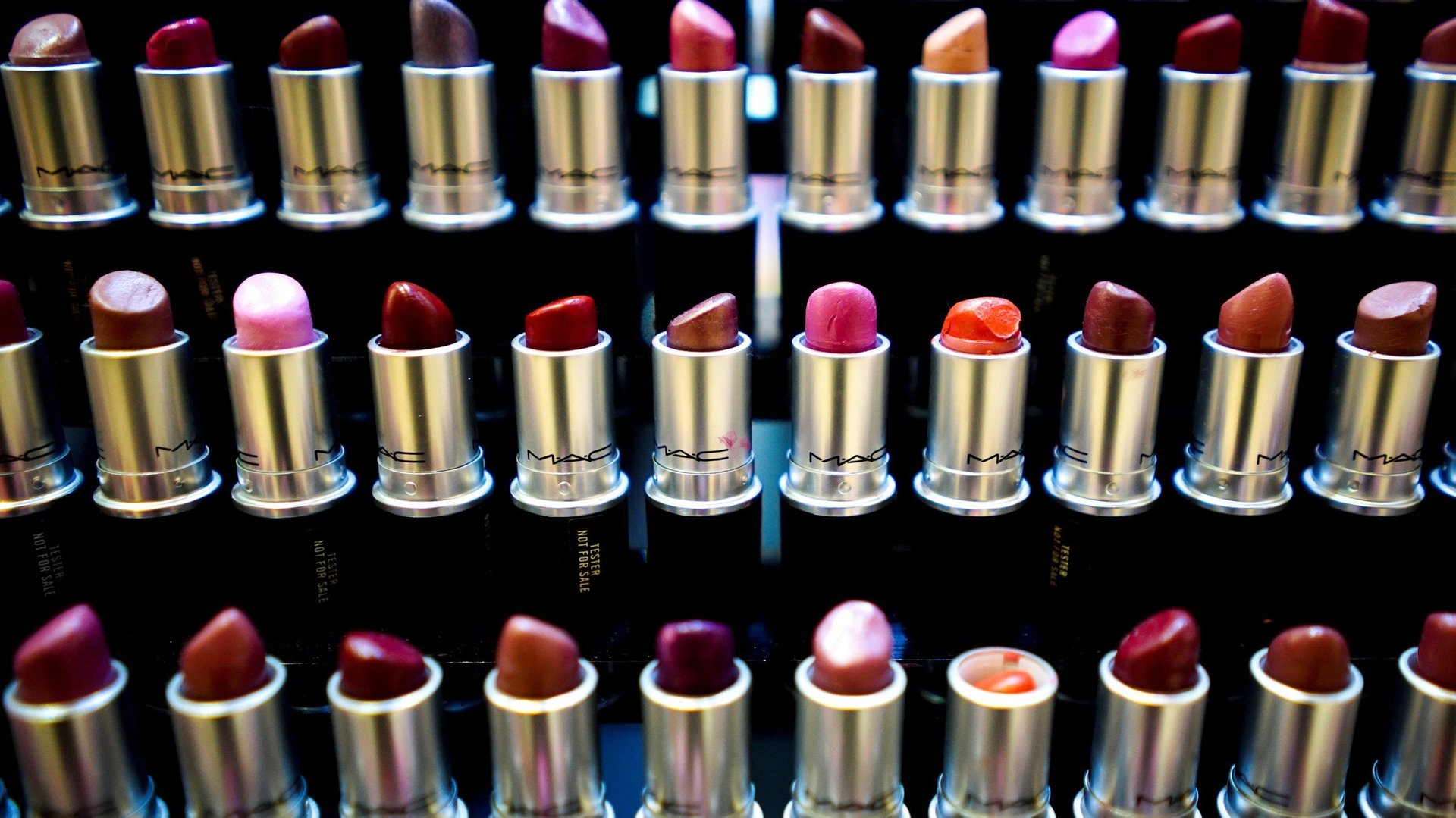Sex doesn’t sell after all
A woman in a bikini making out with a bottle of cold medicine. A manicured hand attempting to caress a dollop of ketchup. These are the kinds of advertisements that denizens of 21st-century consumer culture expect to see, whether they like it or not. After all, sex sells.


A woman in a bikini making out with a bottle of cold medicine. A manicured hand attempting to caress a dollop of ketchup. These are the kinds of advertisements that denizens of 21st-century consumer culture expect to see, whether they like it or not. After all, sex sells.
But a new study, published in the academic journal Sex Roles, casts doubt on this justification for bombarding the public with images of people (mostly women) baring skin in suggestive poses. The authors find sex does not sell after all—”a result,” they write, “that questions sexualization as a useful marketing strategy.”
The study, co-authored by researchers Sarah Gramazio, Mara Cadinu, Francesca Guizzo, and Andrea Carnaghi at the universities of Padova and Trieste in Italy, came to this conclusion via four experiments that asked hundreds of Italian men and women about how attractive they found particular products and how likely they were to actually purchase them. Participants saw one version of an advertisement that featured a person in a highly sexualized pose, and another version of the same advertisement, with the person removed via Photoshop.
Three of the experiments featured female models, while one featured both male and female models. All of the female models were white and thin, while the men were white and muscular. The products ranged from the mundane—eyeglasses and toilet paper—to more frequently gendered and sexualized items like vodka and perfume. (The authors note that future research should include more diversity among models, and vary the products to include a mixture of luxury and ordinary goods.)
Overall, after viewing sexualized ads, women found products less attractive and were less likely to buy them compared to their reactions after viewing the neutral ads. The authors attributed these responses in part to the fact that female participants reported experiencing higher levels of negative emotions like anger, sadness, and agitation after viewing the sexy ads compared to the neutral ads. In effect: The ads made women feel bad, and that carried over to their impressions of the products.
Not only did the ads featuring pouty-lipped women fail to work much consumerist magic, ads featuring male models in sexualized poses left women similarly unmoved. Ads featuring sexualized male models were also less appealing to men than neutral ads.
Evolving attitudes among men
Meanwhile, in a departure from earlier research that suggested sexy ads featuring women did make men more interested in buying products, the study found that men were “largely unaffected by the level of female sexualization of the ads.” That is, men were no more attracted to the products or likely to buy them than they were after viewing the neutral ads. Why the change? The researchers note that the earlier meta-analysis of men’s responses to sexualized ads included studies dating back to the early 1970s. The cultural and advertising landscapes have evolved significantly since then to include more messages about women’s empowerment and body positivity, and so “people may have developed an appreciation for a variety of female and male model ads that goes beyond sexualization.”
That said, men with higher levels of hostile attitudes toward women said they were more likely to purchase products after viewing the suggestive ads. So advertisers have the sexist consumer market firmly cornered.
As the study’s authors note, the issue of objectification in advertising is no trivial matter. Research that has shown media depictions of thin models have a harmful psychological impact on women, and that sexualized media representations increase “the endorsement of gender inequality norms, tolerance toward sexual harassment, and rape myth acceptance.”
If images of objectified women don’t actually nudge most men or women to buy the advertised wares, why are they so pervasive? The authors don’t wade into that question, beyond noting that advertisers seem to take “sex sells” as a foregone conclusion. Perhaps relatedly, the advertising industry has been slow to evolve from its male-dominated roots. While women made up 29% of creative directors at US agencies as of 2017, an article in AdAge that same year detailed the numerous ways that many women in the industry still feel that their ideas are dismissed and their contributions belittled, with 40% saying that they had experienced gender discrimination in the workplace. Advertisements may get less sexist when the industry does, too.